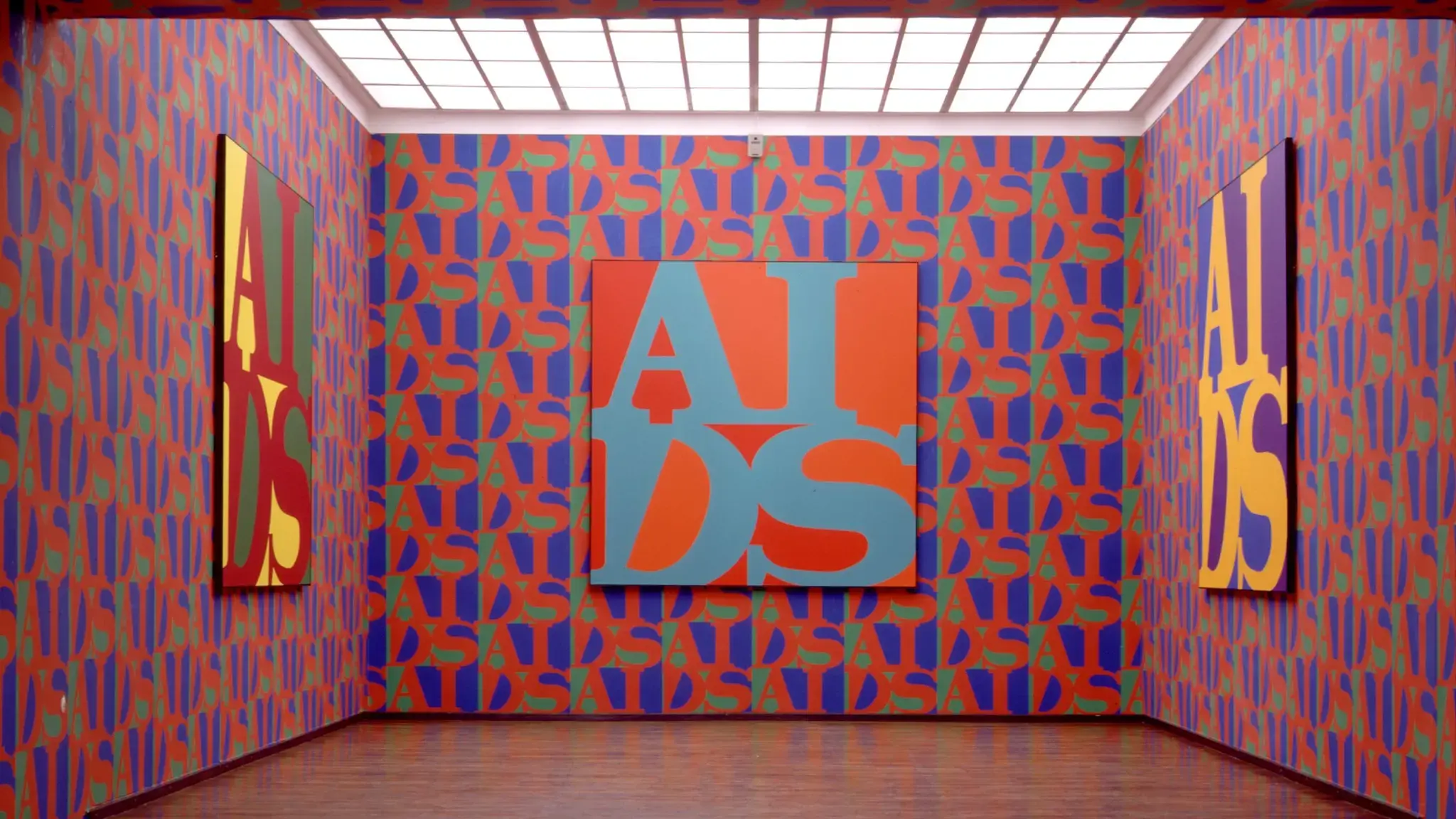

Most contemporary art curators of a certain age—those who went to graduate school before curatorial programs became prominent—were trained as art historians. In the short videos that follow, we asked two highly respected curators, Helen Molesworth and Paul Schimmel, how they see the relationship between curating and historiography.
What tensions exist in your roles as curator and historian?
Helen Molesworth: “I think in my life as an art historian […] I am able to make the artwork that I am discussing do what I want. […] In my curatorial life, where I am working more exclusively with three-dimensional objects in a three-dimensional space, I find I’m not in such a secure position of mastery. Even if I’ve gone to see all the objects I’m going to put in a show, and even if I know the space I’m working in really well, which is often, there’s always a handful of moments where the object comes out of the crate and it simply refuses to behave in the way I have argued in the catalog essay.”
How do you see your role as a curator as distinct from your role as an historian?
Paul Schimmel: “Simply put, it’s objects. That’s what’s so sweet to hear Helen say, because I’ve always admired her but she is clearly somebody after my own heart. Finally, when you’ve put the history of art away, it really is the objects that speak to you. And I know this. And I know that as I have learned more about what it is I look at, I can understand what artists do without necessarily having to start with the book and then go to the work of art.”